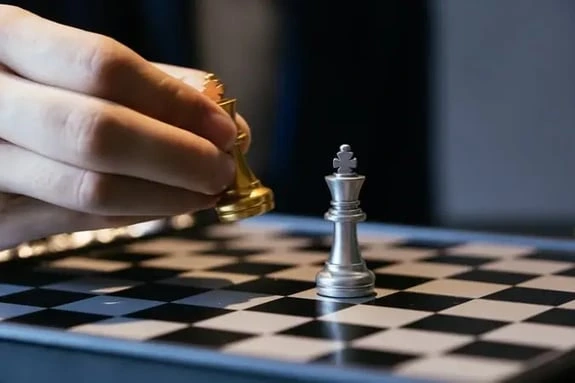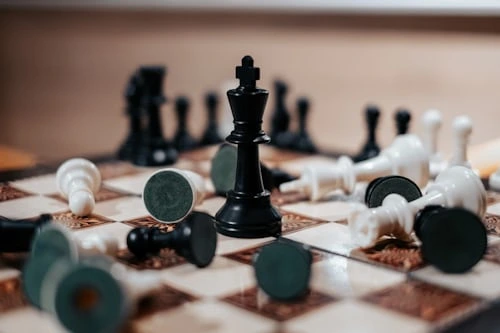
Chess is a game of strategy, patience, and precise planning. For beginners, one of the most important aspects of improving is learning how to start a game correctly. The opening phase sets the tone for the entire match, which is why understanding the best chess openings for beginners can make a big difference. In this blog, we cover the Top 10 Chess Openings for Beginners, how to play them, why they work, and how they lead to strong middle-game positions.
Whether you’re enrolling in the Top 10 chess class in India or learning from home, mastering these beginner-friendly strategies is your first step toward success.
Why Learn Chess Openings?
Chess openings help you:
- Develop your pieces efficiently
- Control the center of the board
- Prepare your king for safety
- Create opportunities for attack
Mastering the first chess moves for beginners provides structure and builds confidence in every game.
1. The Italian Game (1.e4 e5 2.Nf3 Nc6 3.Bc4)
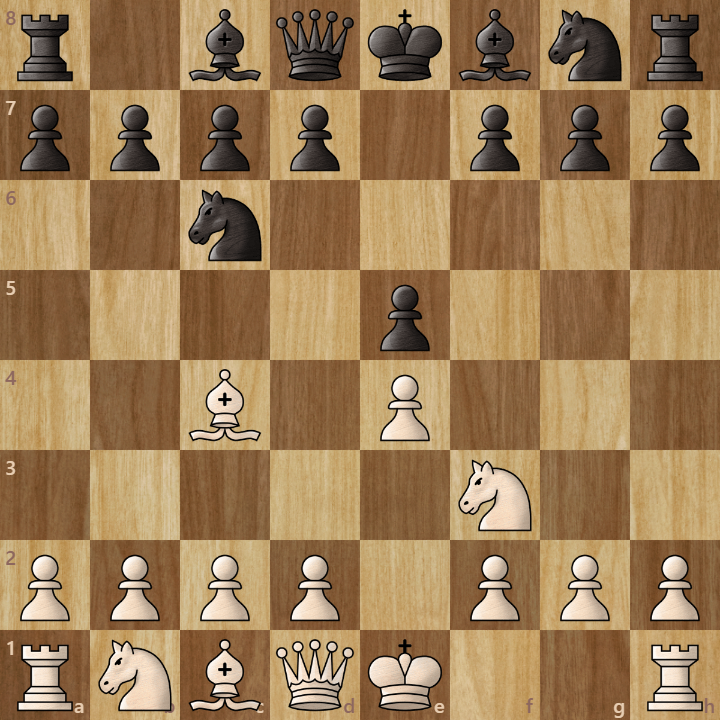
- Why it works: Quick development and control of the center.
- Beginner benefit: Clear piece coordination.
A simple chess opening for new players that’s easy to learn and execute.
2. The Spanish Opening (Ruy Lopez) (1.e4 e5 2.Nf3 Nc6 3.Bb5)
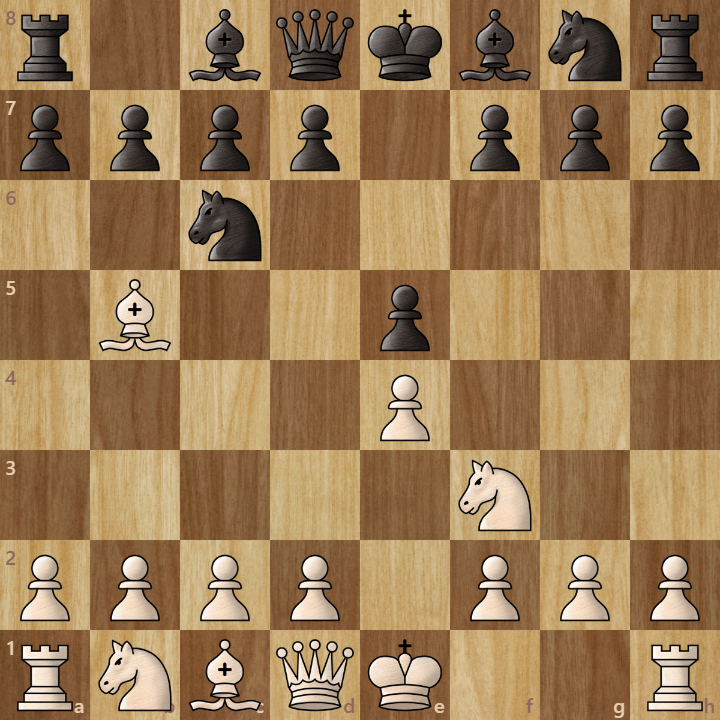
- Why it works: Attacks black’s knight and builds pressure.
- Beginner-friendly strategy: Combines tactical and positional play.
3. The Queen's Gambit (1.d4 d5 2.c4)
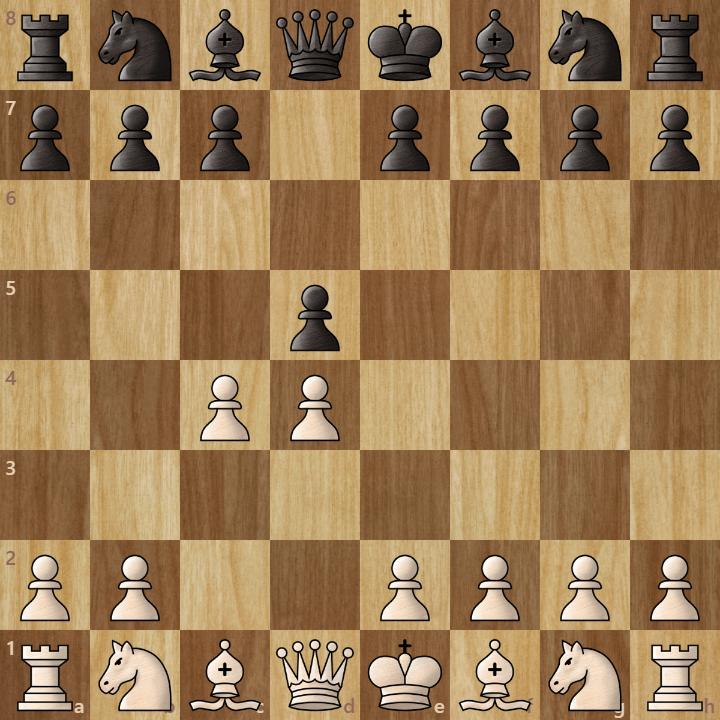
- Why it works: Offers a pawn to control the center.
- Best for learners: Introduces key opening principles like sacrificing for initiative.
Made famous by movies and chess champions alike, it’s among the top openings every chess beginner should learn.
4. The London System (1.d4 followed by 2.Nf3 and 3.Bf4)
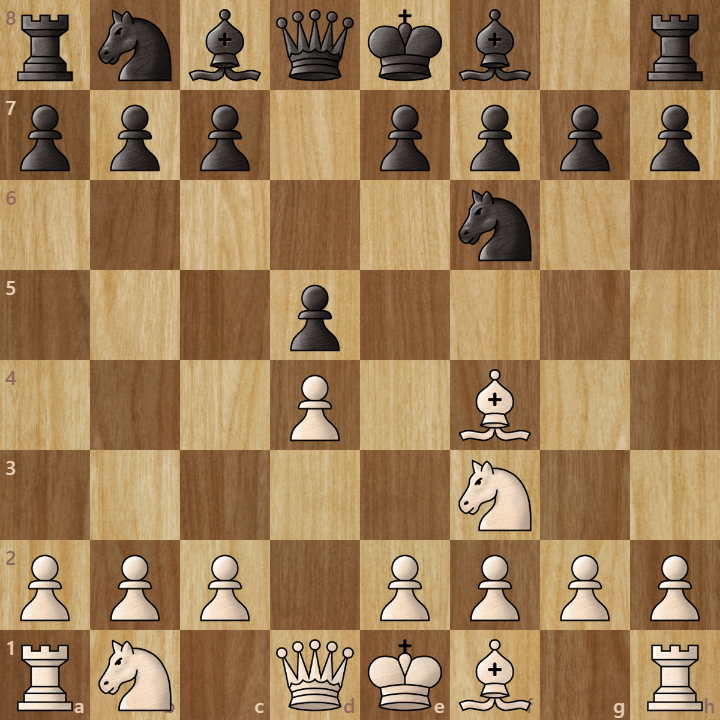
- Why it works: Solid structure and consistent plan.
- For kids and adults: Very popular in beginner tournaments.
5. The Four Knights Game (1.e4 e5 2.Nf3 Nc6 3.Nc3 Nf6)
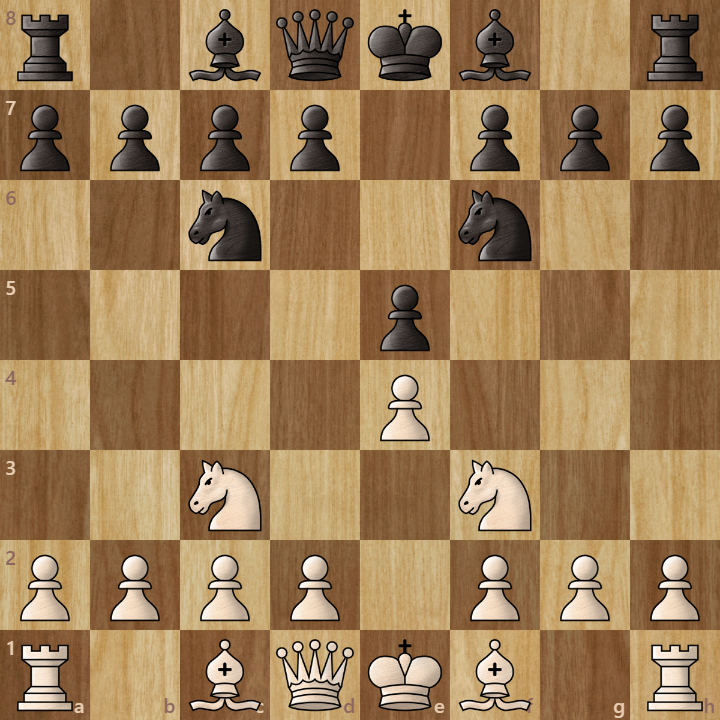
- Why it works: Easy development and symmetry.
- Top beginner strategy: No traps or complications.
Ideal for those seeking easy chess moves for beginners.
6. Scotch Game (1.e4 e5 2.Nf3 Nc6 3.d4)
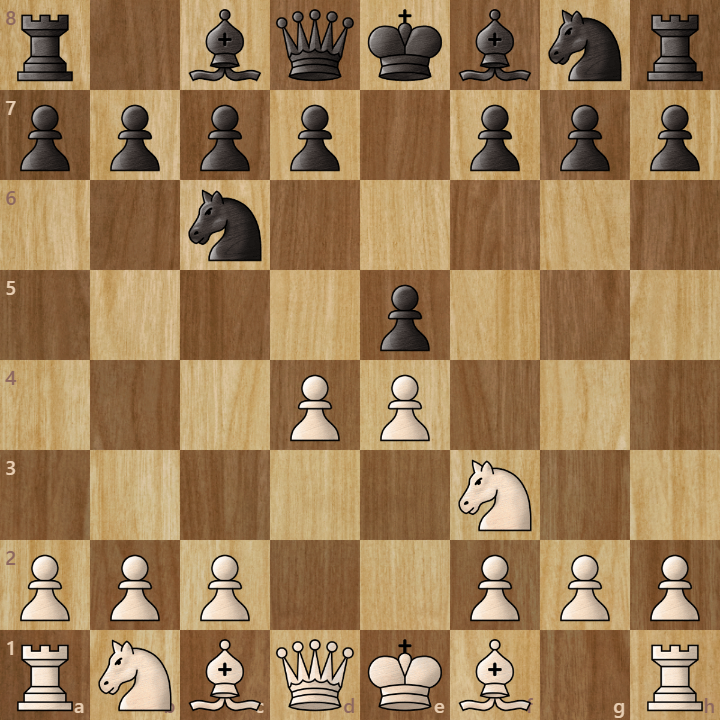
- Why it works: Opens up the center early.
- Learn chess openings step by step by understanding open game principles.
7. The English Opening (1.c4)

- Why it works: A bit more flexible and strategic.
- Good for development: Focuses on long-term piece positioning.
A great way to explore beginning chess strategy with subtle plans.
8. The Caro-Kann Defense (1.e4 c6)

- Why it works: Defensive yet solid.
- Why it’s good for beginners: Builds a strong pawn structure and avoids sharp tactics.
9. The Slav Defense (1.d4 d5 2.c4 c6)

- Why it works: Defends d5 pawn safely.
- Beginner takeaway: Learn pawn structure and development rhythm.
10. Giuoco Piano (1.e4 e5 2.Nf3 Nc6 3.Bc4 Bc5)

- Why it works: Develops both sides quickly.
- Best starting moves in chess to learn balanced play.
This opening is often covered in the Top 10 chess class in India as a foundation-building exercise.
Tips to Practice Chess Openings
- Play practice games focusing only on openings
- Watch videos on the Top 10 Chess Openings for Beginners
- Use chess apps to drill the first 5 chess moves every beginner should learn
- Keep a journal of your games and opening mistakes
Learning the step-by-step guide to simple chess openings builds the habit of disciplined thinking.
How to Choose Your Opening as a Beginner
- Try each of the top 10 openings and see what feels natural
- Stick to 2-3 favorite openings and get good at them
- Avoid overly aggressive or complex lines early on
- Learn both 1.e4 (open game) and 1.d4 (closed game) structures
Starting slow and steady is better than memorizing too much too soon.
Frequently Asked Questions
Italian Game, Queen’s Gambit, London System, Four Knights Game, and Scotch Game are all easy and effective for new players.
By focusing on development, center control, and king safety while avoiding traps or flashy tactics.
1.e4 and 1.d4 are considered the best because they control the center and open lines for piece development.
Yes! Openings like the Italian Game and Four Knights are easy chess openings explained for kids and beginners.
Moving too many pawns, bringing out the queen too early, and ignoring king safety.
Also Read :
- admin2
- Blog
- December 12, 2025
- Comments Off on French Defense
French Defense
- admin2
- Blog
- December 7, 2025
- Comments Off on Sicilian Defense
Sicilian Defense
- admin2
- Blog
- November 28, 2025
- Comments Off on Difference between Stalemate and Checkmate
Difference between Stalemate and Checkmate
- admin2
- Blog
- November 20, 2025
- Comments Off on Ruy Lopez Opening
Ruy Lopez Opening
- admin2
- Blog
- November 14, 2025
- Comments Off on Fool’s Mate
Fool’s Mate
- admin2
- Blog
- November 8, 2025
- Comments Off on Scholar mate
Scholar mate
- admin2
- Blog
- October 22, 2025
- Comments Off on What is a Stalemate ?
What is a Stalemate ?
- admin2
- Blog
- October 14, 2025
- Comments Off on Can a King Checkmate a King ?
Can a King Checkmate a King ?
- admin2
- Blog
- October 7, 2025
- Comments Off on Best Opening For Black
Best Opening For Black
- admin2
- Blog
- October 4, 2025
- Comments Off on How to checkmate with queen and king



